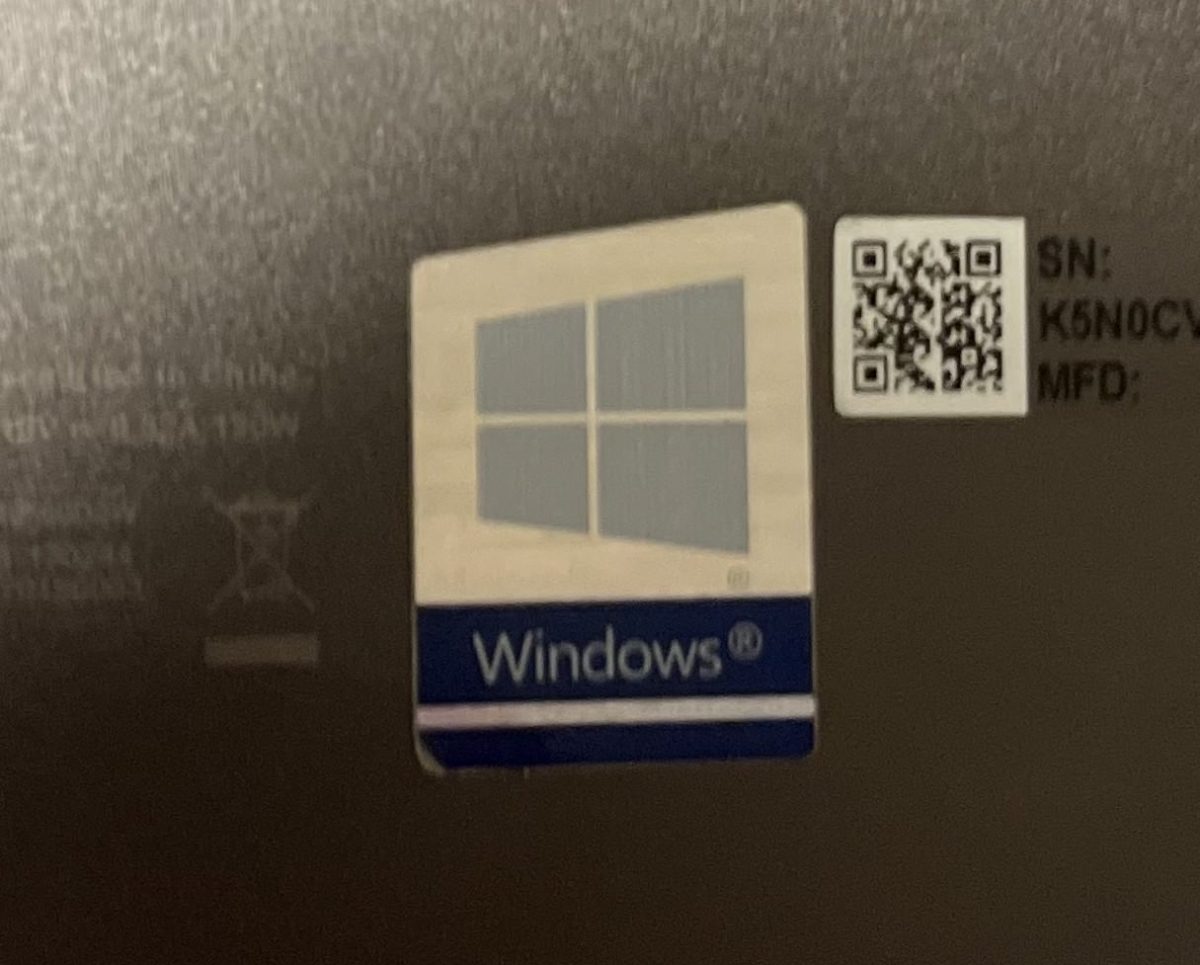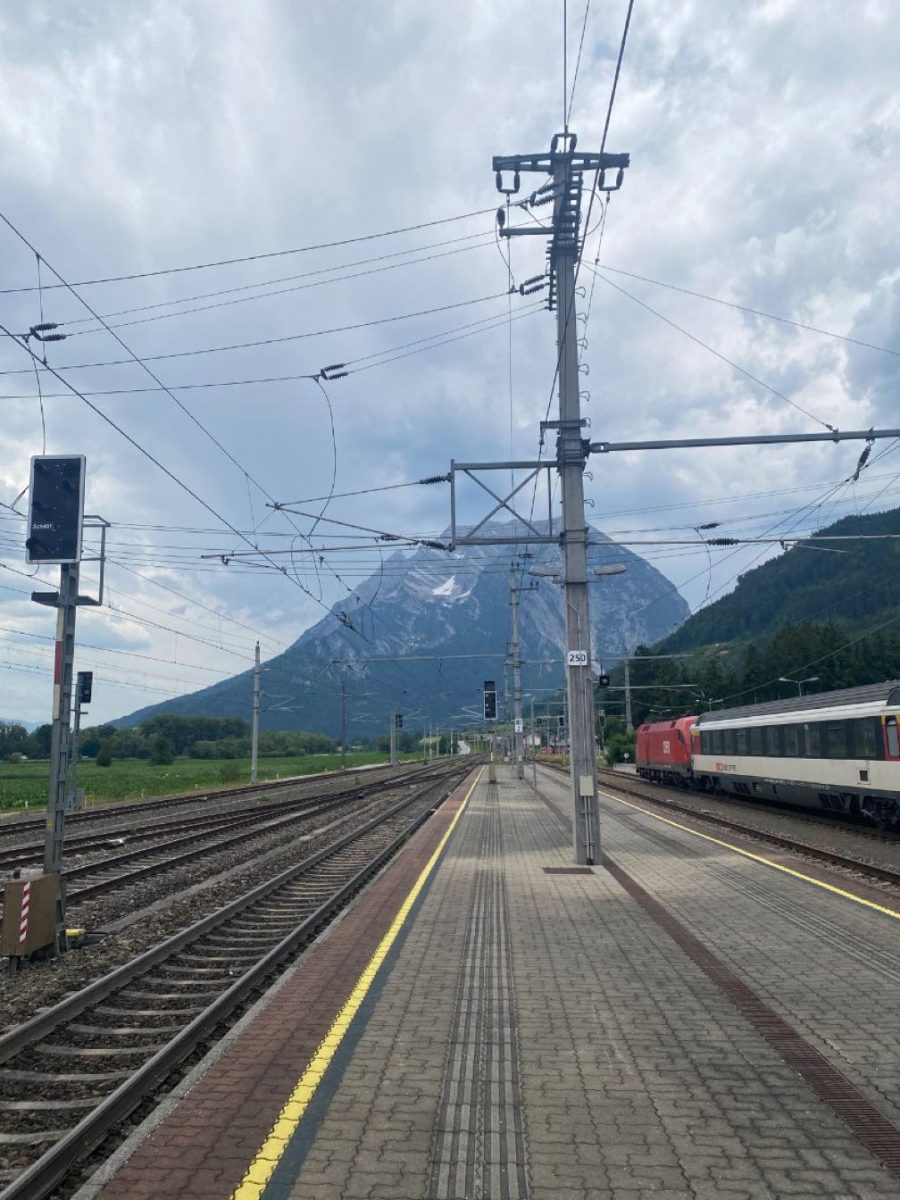Traffic in Los Angeles is among the worst in the world, with drivers spending around 50 to 100 hours every year in the sluggish, frustrating traffic jams that clog the city’s roads. One man in particular felt especially vexed with this issue faced by the four million people who live in Los Angeles.
Business magnate Elon Musk sought a solution for the congestion and sluggishness of commute around Los Angeles. His solution was simple: tunnels. As co-founder of The Boring Company, an infrastructure and tunnel construction company, Musk plans to bring his idea of an interconnected “Loop” to the city of Los Angeles. Recently, Musk met with city officials of Culver City, Los Angeles to propose the construction of tunnels as a public transport system. The Boring Company plans to dig tunnels for Musk’s “Loop” that can cut commute time and, in theory, decrease the immense traffic on the surface.
With the rise of Maglev transportation, Musk wishes to decrease commute time significantly with advanced electric skates. Unlike regular subway systems which rely on rails, these electric skates are wheeled platforms which are propelled by electric motors. These can transport eight to 16 people at speeds up to 150 mph, almost 100 mph faster than an average subway train. Prices for a ride in the “Loop” is supposed to be comparable or lower to the current fare of $1.75. The “Loop” will be used to transport commuters over short distances and points of interest around Los Angeles. For long distances, Musk has another brainchild: the “Hyperloop.”
In the air, commercial jets travel at around 500 knots, or 575 mph. The fastest form of public transportation on land, Maglev trains, can move at speeds up to 270 mph. For Musk, 270 mph does not cut it; neither does the speed of commercial jets. Instead, Musk’s “Hyperloop” can reach speeds up to 700 mph. This means commuters could travel between Los Angeles to San Francisco or New York to Washington D.C. in about 30 minutes.The “Hyperloop” uses aerodynamic train cars with large turbines to propel the car forward through tubes. The tubes are vacuum sealed so the car can move without air resistance, meaning it can move both extremely fast and very efficiently. Musk has already proposed a Hyperloop system that would connect New York, Baltimore, Philadelphia and Washington D.C. However, there is a large obstacle which may prevent him from bringing his ambitious idea to fruition — the government.
Without appropriate government approval, Musk’s project will never make it past the initial stages. City councilwoman Meghan Sahli-Wells expressed concern saying, “I don’t really trust a private company to watch out for equity because I haven’t seen it happen.” With an ambitious design and complex mechanics, the project may be a serious liability for the city. However, the thought of having cheaper and faster transport system does appeal to the local government. Along with Los Angeles, Musk has pitched his idea to Chicago so he can make a loop between O’Hare International Airport and Downtown Chicago, but the project has not received proper approval, so the Boring Company cannot begin digging. The mayor of Chicago, Rahm Emanuel, has claimed he is open to new transportation projects. Still, there is much to be done before cities like Chicago and Los Angeles can see speedy transport systems. If Musk is successful, this will be a new frontier in public transportation and may come to every city in the nation and, eventually, the world.









